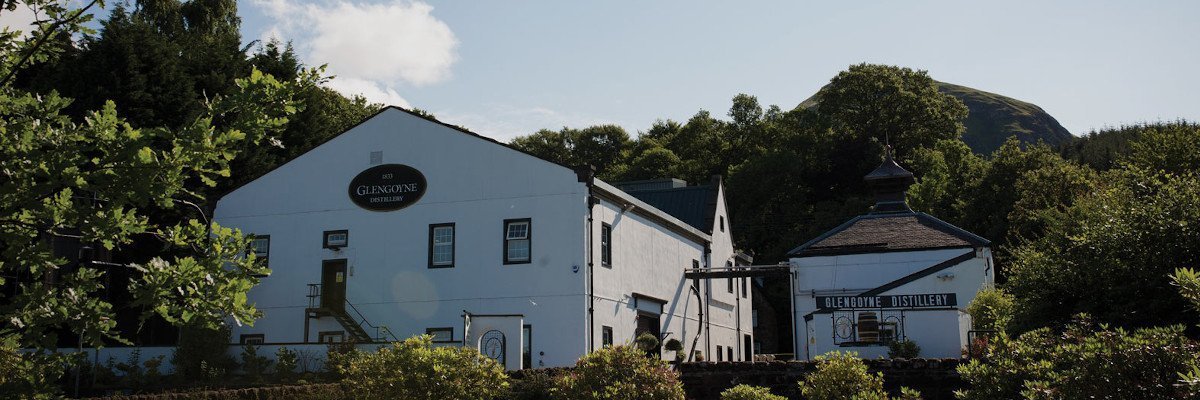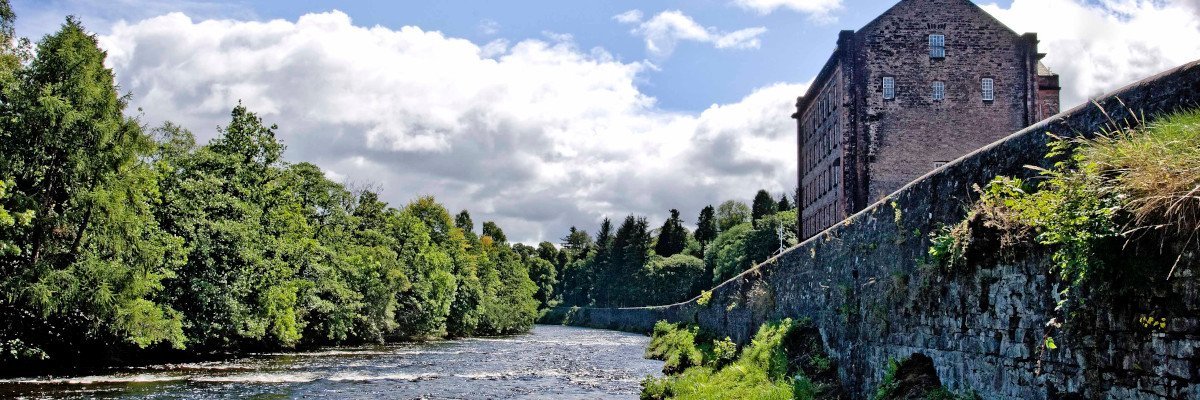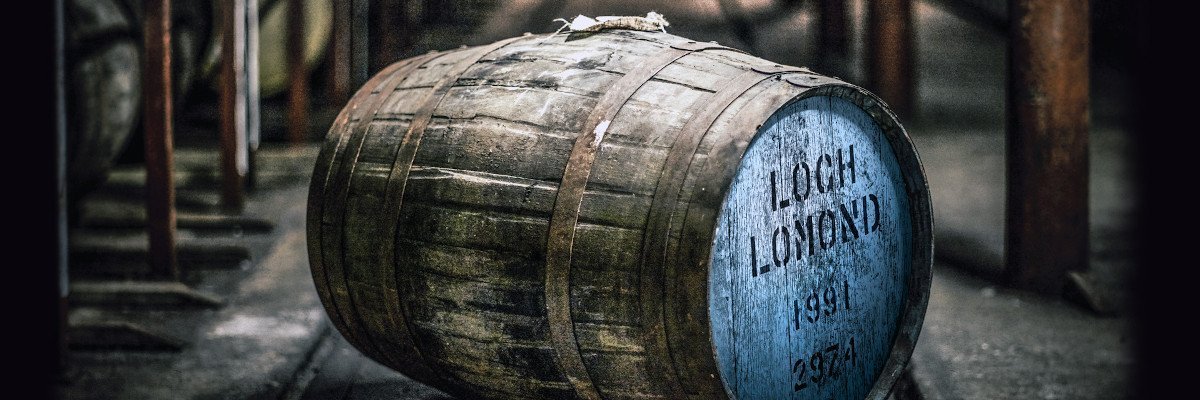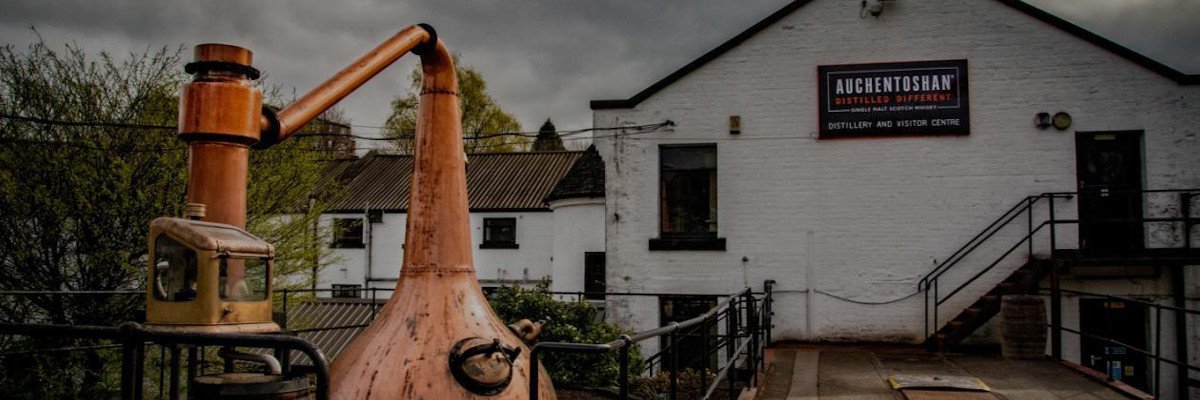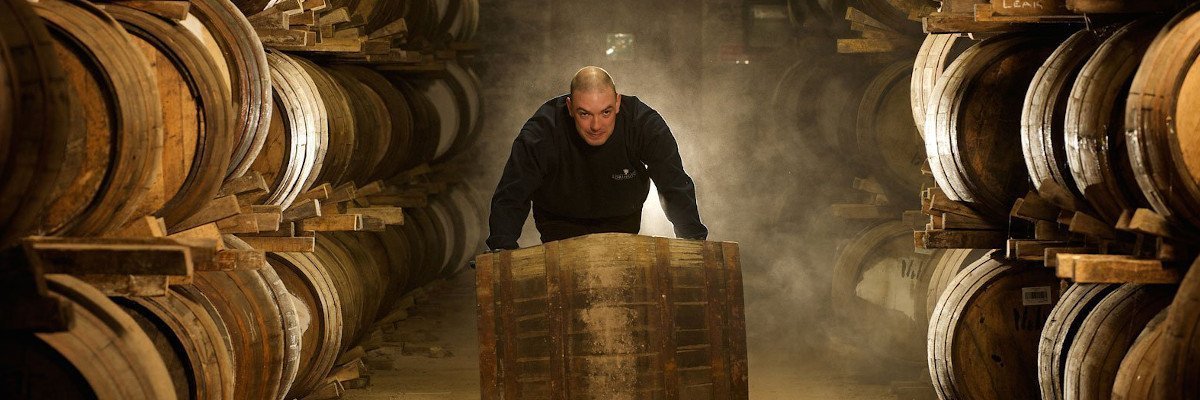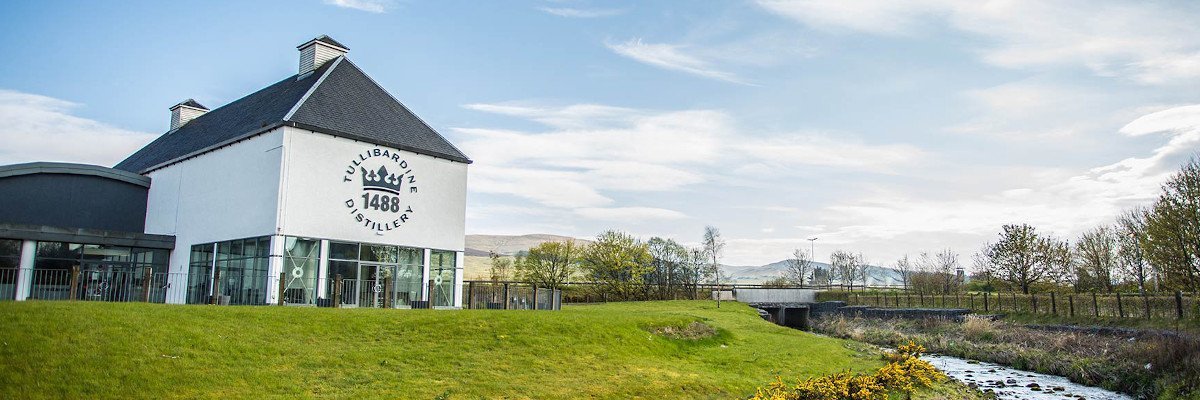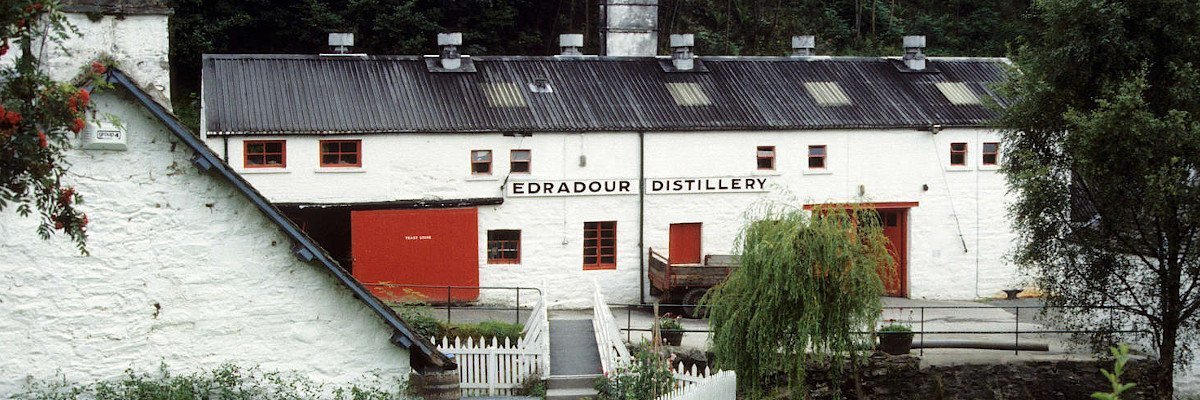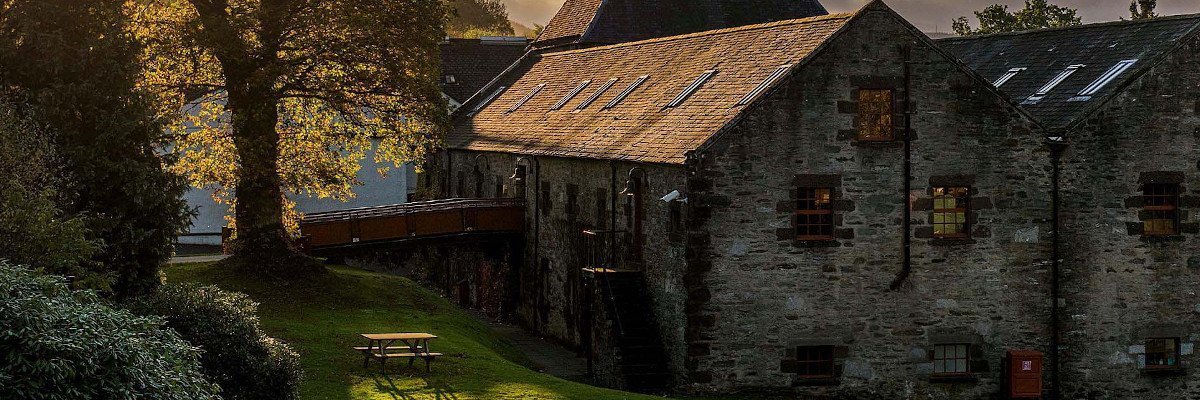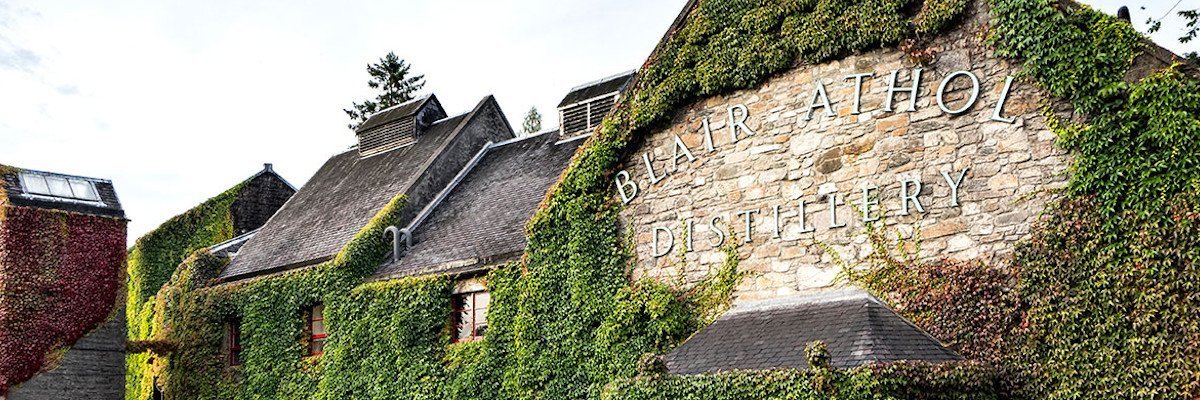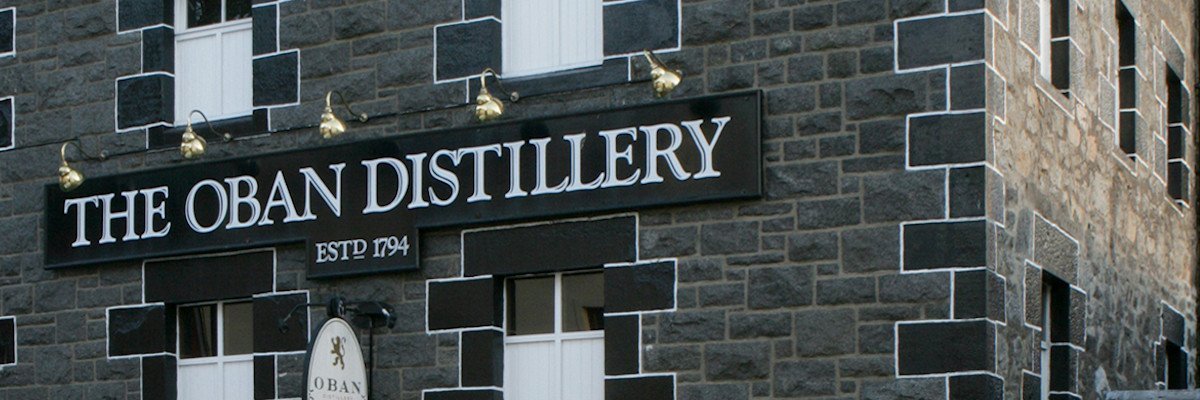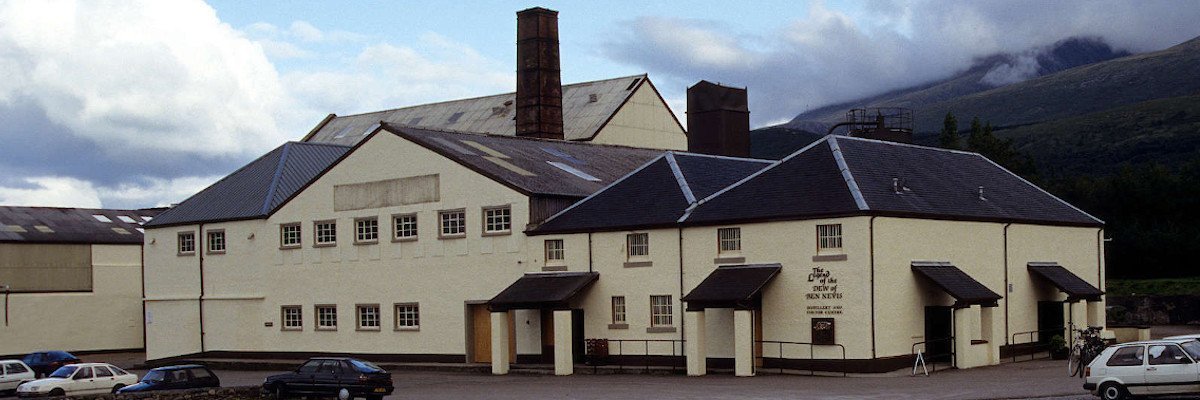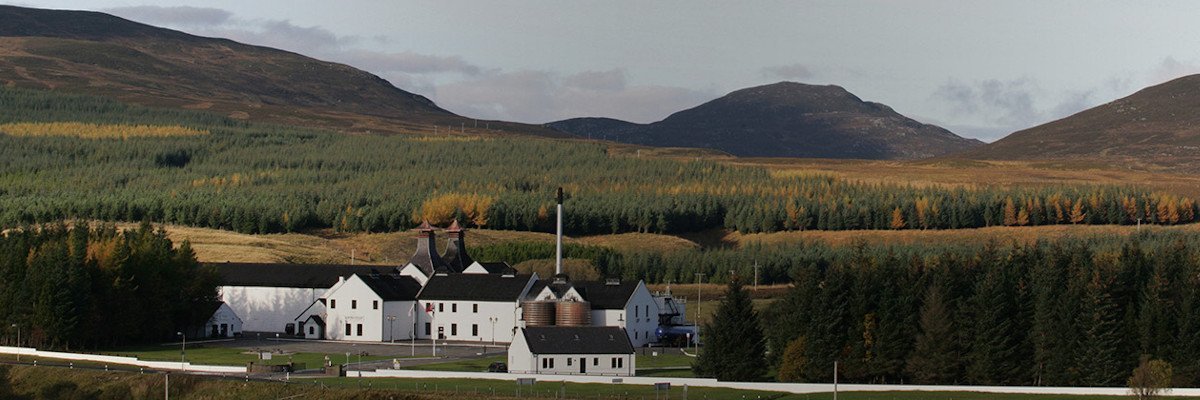When thinking of Scotland, most people think almost simultaneously of the country’s most popular export, Scotch Whisky. A visit to Scotland and to the Loch Lomond and the Trossachs National Park would be incomplete without experiencing Scotland’s most popular produce, Whisky. A close second to that must be the 100’s of Real Ales produced by Scotlands Micro Breweries, which are also making huge impact on the variety of real ales available to beer drinkers. From the hundreds of Whisky distilleries that once existed in Scotland about 100 are still active and thriving.
Below you can find the distilleries located in the Loch Lomond and the Trossachs National Park and those that are within 50 miles of the Park. Most distilleries offer tours where you can learn how to create Scotland’s popular drink and taste the results of the process at the end of the tour. Besides tours for beginners, some distilleries even offer tours for whisky experts or tours where you can create your own blended whisky. Whisky distillery tours are fascinating as you see how plain Scottish water is turned into “Uisge Beatha”, (pronounced “wish-ga bah-ha” or “ish-ga ba-ha”) meaning the “Water of Life”.
If you like to learn some basics about Scotch Whisky then read on to the bottom of the page.
Scotch Whisky can be traditionally divided by its region where the whisky is produced. There are 5 traditional regions: The Highlands, Lowlands, Islay, Campbeltown and Spreyside. Spreyside in the north-east of Scotland has half the whisky distilleries and was traditionally considered as part of the Highland Region. Now it is recognized as its own region as well as Campbeltown which has just recently recognized as an own whisky region again. All regions have their distinct character in taste and look.
Types of Scotch Whisky
There are basically two different types of Scotch Whisky:
Single Malt Scotch Whisky and Single Grain Scotch Whisky.
Single Malt Whisky is produced from only one distillery and has only water and malted barley as ingredients. Single Grain Scotch has whole grains of the cereals additionally to the ingredients that Single Malt Whisky has. Besides these two types there are Blended Scotch Whiskies which can be divided into 3 types.
Blended Malt Whisky is a blend of at least two different Single Malts from different distilleries.
Blended Grain Whiskies are the same with the difference that Grain Whiskies and not Malt Whiskies are blended together. A whisky that is called Blended Scotch Whisky is a blend of Single Malt(s) and Single Grain(s). Most of the well known brand names known around the World are in the Blended Scotch Whisky category e.g Johnnie Walker, Famous Grouse and Dewars.
Flavours
Besides all the types mentioned above there is an additional way to categorize Scotch: Peated or not (less) peated. The Islay Region, for example, is well-known for its smoky flavour while the Highlands are known for the sweetness and are only slightly smoky. Also the Lowland as well as the Speyside whiskies are known for their light but complex flavours.There are many words that can be used for describing the flavour of whisky. The most basic ones are: Fruity, floral, peaty, feinty, sulphury, woody, winey and cereal. For more general rather than precise descriptions, common words are: light, smooth, rich, clean, fresh, coarse, rich and heavy.
A Good Whisky
After having some basic knowledge about Scotch Whisky an important question arises: How can I recognize a good whisky? Well, unfortunately there is no general answer and you have to try out which type(s) of Scotch you prefer the most. However, there are a few points that can help you when purchasing whisky:
- The bottle should show the age of the whisky.
- You don’t need to buy the most expensive bottle you find to have a good whisky.
- The older the Scotch, the smoother it is.
- Find out which water (and malt) has been used.
- Make sure that the whisky doesn’t have ‘spirit caramal’ or any dye added.
Now that you are prepared for your whisky experience you just need to choose the distillery you would like to visit. For more information about each distillery and the whisky they produce, click on the buttons below or use the map to find the locations of the distilleries of featured pubs and hotels.
On the Whisky Lovers Trail you can find many bars and hotels which have a good selection and knowledge of the whiskies they sell and the local distilleries. Some hotels and pubs have extensive whisky notes available and offer taster whisky menus so that you can experiment to find something that suits your taste.
This is a great way to discover the subtleties and distinctive flavours of the different regions as whisky, like Scottish real ale, it is an art in itself. The secret to both is of course, in the water!
Whisky Distilleries around Loch Lomond and The Trossachs
The Trossachs and Loch Lomond area encompasses a good number of the active Whisky Distilleries in Scotland with most open to visitors all year round. Most have guided tours available during which there will be a demonstration of the processes involved in making Scotch Whisky, with some allowing hands on activities to get involved and make your own blend.
Most distilleries do not require you to book ahead in order to visit but may require you to book ahead if you want to have a guided tour. We have a list of whisky and gin distilleries listed on our website so that you can contact them if you want to check the tours timings.
Some distilleries offer the tour in several languages so check with each distillery to see if this is available. Whisky distilleries are fascinating to tour and to watch how plain water is turned into the world renowned Scotch Whisky and the conditions that apply before it can bear that proud name.
Below are the main Whisky Distilleries in and around the National Park.
Glengoyne Distillery
Situated south of Killearn, Glengoyne distillery can be reached easily from Glasgow Stirling or Edinburgh. The distillery is one of the best whisky distilleries worldwide and has received several awards such as the “Malt Maniacs Award“ in 2005 and 2006. Glengoyne’s 17 year old whisky is under the “Best of the Best” Highland Malt Whiskies according to the “Whisky Magazine”. The name “Glengoyne” derived from “Glen Guin” meaning Glen of the Wild Geese. Glengoyne Distillery has been producing whisky since 200 years. Glengoyne uses the water for the whisky production from the hills nearby instead of River Dochart which is nearby the distillery. Learn More
Deanston Distillery
Situated in Perthshire and was originally a cotton mill that has been converted. Opened in 1965, Deanston Distillery started with its first production in 1966. This makes the distillery one of the youngest in Scotland. Now Burn Stewart Distillers Ltd owns the distillery. Deanston Distillery produces its own energy by using turbines at a dam in River Teith a few miles from the distillery. Also the water used for the whisky is from the same river. About 15% of the whisky production is single malt and the other 85% is used for blends and malt liqueur. Some of the blends are “Scottish Leader” and “Black Bottle”. Learn More
Loch Lomond Distillery
Situated in one of Scotlands most picturesque areas is the Loch Lomond Scotch Whisky Distillery. It all started with the Bulloch family and its interest in Scotch Whisky trade back in 1842. First involved in wholesaling the Bulloch family sold their own label whisky, gin and vodka and then purchased the Loch Lomond Distillery in 1985. In 1993 a set of grain stills was added to the distillery to secure an adequate supply of grain whisky. Now Loch Lomond Distillery is the only distillery in Scotland producing both grain whisky and malt whisky on the same place. Loch Lomond Whisky Distillery produces an average of 10 million litres grain alcohol and 2.5 million litres of malt alcohol. Learn More
Auchentoshan Distillery
Situated between Glasgow and Loch Lomond. Unique about Auchentoshan Distillery is the triple distillation which brings the 8% ABV liquid up to 81% while double distillation usually reaches 70% ABV. Auchentoshan produces one of the smoothest and delicate single malt scotch whisky with notes of vanilla, green apples, and fresh citrus. The products range from the Auchentoshan Classic to the bourbon and Spanish sherry cask matured 21 year old version. Auchentoshan also offers a range of limited editions such as the Auchentoshan 1957. Situated just 20 minutes from Glasgow city centre, Auchentoshan Distillery is easy to reach by car and public transport. Learn More
Glenturret Distillery
Glenturret is the most visited Whisky Distillery in Scotland and its Single Malt is part of the Famous Grouse Blended Whisky. The Distillery is situated in Crieff nearby Perth and can be reached easily from Stirling, Glasgow and Edinburgh by car or with organised bus tours. Glenturret produces single malt whiskies that mature 8, 10, 12, 15 or 21 years in bourbon casks. The general tasting notes of the single malts are smooth with honey and vanilla with a long toffee and honey finish. Established in 1775 Glenturret is one of the oldest distilleries in Scotland. The original name of Glenturret is “Hosh” and it was owned by the Drummond Family. Learn More
Tullibardine Distillery
Tullibardine Distillery is an independent Scottish distillery producing Highland Single Malt whiskies. Located north of the scenic Ochil Hills in Perthshire, Tullibardine can be reached within 45 minutes from Glasgow and Edinburgh. All single malts mature in either American Oak (former bourbon casks) or European oak (former sherry casks). The whiskies are smooth and have a fruity flavour with a clean crisp finish. On nosing, the whiskies are fresh , floral scent with hints of vanilla and chocolate orange. The variety ranges from the Aged Oak whiskies to the 1988 Single Malt. Besides whiskies, Tullibardine also produces the Tullibardine 1488 Cream Liqueur and the Tullibardine 1488 Ales. Learn More
Edradour Distillery
Edradour Distillery is Scotland’s smallest distillery and is nestled in the hills above Pitlochry in Perthshire. It was built in the nineteenth century and seems to have hardly changed over the past 170 year. This distillery produces only twelve casks of whisky a week and all whiskies are hand-made. Because of the small amount produced it can be quite hard to find a retailer where you can by the whisky. However it is also possible to order the Whisky directly from the distillery. Even though the distillery is very small its whisky gets exported to many countries all over the world. The whisky is smooth with a creamy texture and a hint of smokiness. It has a honey-nutted finish. This whisky matures for 10 years until it reaches the peak quality. Learn More
Aberfeldy Distillery
Produces the Single Malts Aberfeldy 12 and Aberfeldy 21. The distillery was founded by John Dewar and opened in 1898. Even though the distillery had to go through tough times because of World War I and II, it was enlarged in 1972. Next to the distillery is “Dewar’s World of Whisky”, a centre for education and marketing of the products. The single malts are known for having a heather and honey nose and a full body taste. The finish is dry and spicy with bitter hint of Seville oranges. Aberfeldy Distillery was awarded with a number of prizes such as medals from the San Francisco World Spirits competition. Learn More
Blair Athol Distillery
Situated near Pitlochry in Perthshire is Blair Athol Distillery. The distillery was opened in 1798 by Robert Robertson. The water used for the whisky production is from the Allt Dour Burn. Even though about 90% of the whisky is sold to Bell’s for the production of Blended Whiskies, the whisky is also sold as a single malt. The single malts available are a 8 years, 12 years or 27 years old whisky. The company produces about 2,000,000 litres of whisky. The whisky has a mellow deep-toned fruity aroma with a smooth finish. It is one of the main whiskies for Bell’s Blend which is a popular brand in the UK, Scandinavia and South Africa. Learn More
Oban Distillery
Situated in the heart of the beautiful town Oban just next to the coast is the Oban Malt Distillery. A whisky distillery inside a busy town is quite unique in Scotland since most distilleries are located in tranquil areas. Single Malt whisky has been produced in the distillery for more than 200 years which makes it one of the oldest licensed distilleries. In 1794 the whisky distillery was opened by the two brothers John and Hugh Stevenson. Later in 1866 Peter Cumstie bought the distillery and reconstructed it. However his plans of adding storage buildings couldn’t be realised because 5000 year old archaeological excavations stopped the project. Afterwards the distillery was owned by Alexander Edward, then Dewar & Sons and now it is owned by Diageo. Learn More
Ben Nevis Distillery
Nestled at the foot of Ben Nevis, Britain’s highest mountain, is Ben Nevis Distillery. The distillery produces malt whiskies since 1825. With the water from “The Mill Burn”, the distillery produces 2,000,000 litres whisky a year. Established by “Long John” McDonald, the distillery is now in the hands of the owner Nikka, a company from Japan. Even though Ben Nevis Distillery used to produce both malt and grain whisky, only the production of malt whisky revived. The distillery produces Highland single malts as well as blended whiskies. Its whiskies reach from Ben Nevis 8 year old to Ben Nevis 25 year old. The shop also sells a number of blended whiskies. Learn More
Dalwhinnie Distillery
Situated in the Grampian Mountains near the geographical centre of Scotland. Dalwhinnie has been a meeting point especially among cattle drovers for many centuries. The distillery belongs to one of the highest located distilleries in the land and was opened under the name Strathspey. Soon the three owners had financial problems and the distillery changed the owners a couple of times. In 1934, Dalwhinnie Distillery was almost entirely destroyed by a fire and it took more than 100 years until the distillery was in production again. Last time the distillery was renovated was in 1995. Now it produces about 2 million litres and also has a visitor centre. Dalwhinnie Distillery is known for its “Gentle Spirit“. Learn More

